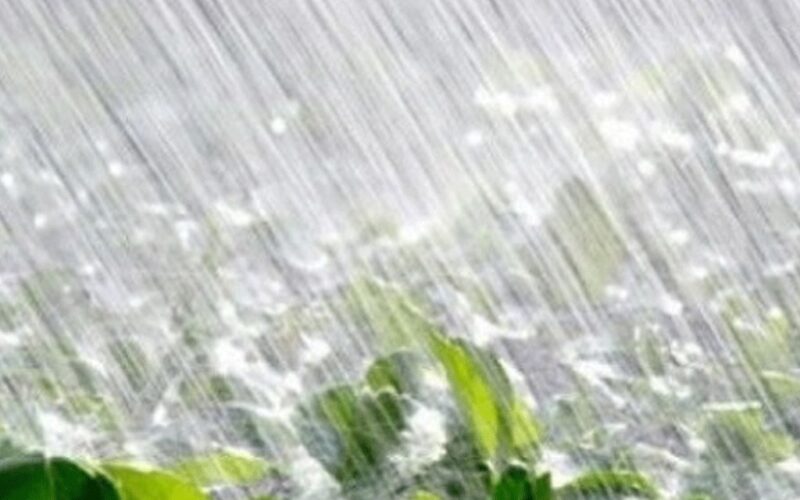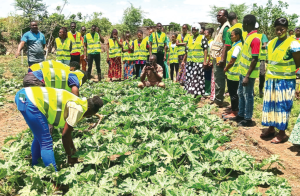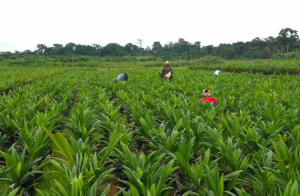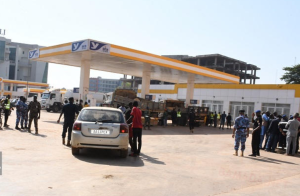Togo: The north of the country prepares for an atypical rainy season

As the first signs of the rainy season begin to appear on the horizon, a shift in rhythm is looming for the northern regions of the country. Unlike previous years, the rains may arrive earlier than expected, disrupting the patterns of farmers and herders who rely on the skies to nourish the land.
According to the latest analyses from the National Meteorological Agency (ANAMET), the weather is expected to bring some surprises this year: from June to September, regions such as Kara, Centrale, and Savanes may receive more rainfall than usual. The only exception is the far north, where a slight delay in the start of the rainy season is anticipated.
However, more rain does not necessarily mean better harvests. While crops may benefit, rivers could overflow. The Oti River, in particular, is being closely monitored due to the risk of flooding. In contrast, the Mono River basin might experience water shortages, presenting other challenges for irrigation.
That’s not all. Experts are also forecasting dry spells—sometimes lengthy—though considered normal for the season. These unpredictable breaks between rainfalls can disrupt crop growth, especially for more fragile plants.
In light of these uncertainties, ANAMET is calling for early preparation. Rural stakeholders are advised to opt for more resilient, short-cycle seeds and to prioritize farmland away from flood-prone areas. Smart water management is now more crucial than ever—not just for irrigating crops and watering livestock, but also for maintaining hydroelectric dam operations.
Latifou Issaou, Director General of ANAMET, emphasizes the importance of staying informed through weather updates: “The climate is changing, and we must change with it. Forecasts are a valuable tool to adapt and reduce risks.”






